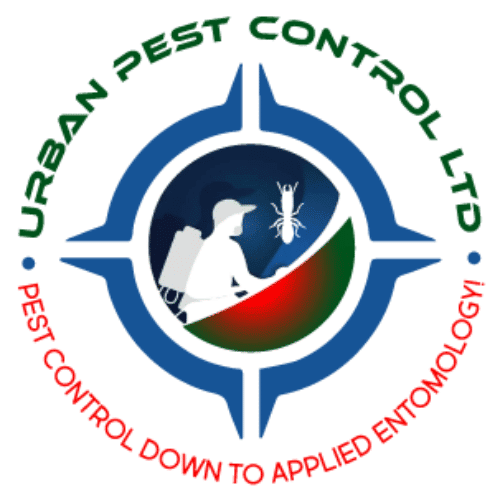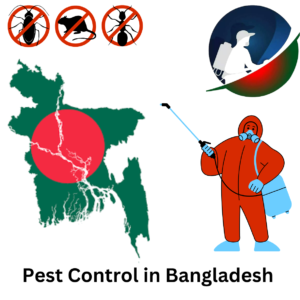Urban Pest Management
An Environmental Perspective
The management and control of pests in the urban environment in the 21st century faces many challenges. Pest populations adapt to changing conditions brought about by environmental changes caused by global warming, human population growth, and increased pollution. Urban pests are able to expand their ranges, densities, and habitats, sometimes causing large-scale damage and disease.
This book provides collective insights from academic and industry experts on perspectives concerning urban pest management and regulatory innovations arising from the rapid onset of recent environmental challenges. Chapter topics address pest biology, advances in urban pest management practices, emerging urban pest control developments, new technologies, and regulations.
The book describes new methods of pest control, their impacts on human health and the environment, and strategies for integrated management limiting the use of chemicals. It provides a practical resource for researchers and policy makers in pest management, urban health, medical entomology and environmental science. This title provides:
• An up-to-date and comprehensive resource on environmental urban pest management.
• A resource designed to appeal to pest control operators, public health professionals, and a range of field workers, as well as researching academics and graduate students.
• Insights from both academic and industry experts together in one volume.
An Environmental Perspective on Urban Pests and Their Management
It is clear from current experiences that future challenges to managing pests will be determined more by the changing environment than any other factor. Concerns over the environment are at their highest and climate change, among other problems, has taken center stage. Evidence gathered highlights that the climate will have a significant effect on many factors in pest management, including invasion by non-native species, pest life history and behavior, pest redistribution, efficacy of pesticides, application techniques, exposure to pesticides, and pest control operations of practitioners involving their business and health.
Urban insect pests: sustainable management strategies.
Urban pest control: a practitioner’s guide
This guide brings together the varied and multiple skills and activities required of pest control practitioners, including biology, chemistry, architecture, engineering, sales, logistics, legal and accounting, presented with a primary emphasis on pest organisms at its core. This book provides information and tips on all of these aspects and: explores the business of controlling pests (including trends in the industry, pest control tools, and sustainable pest control); covers biological information on each pest in addition to information on control and management, monitoring and follow-up; focusses particularly on globally significant pests with internationally-applicable use and guidance; and provides practical and hands-on experience, drawing on original case studies
This is a key resource for pest control practitioners, as well as in-house staff of companies or buildings involved in household or urban pest control. It is also a valuable reference for researchers, and sanitation and building managers.



